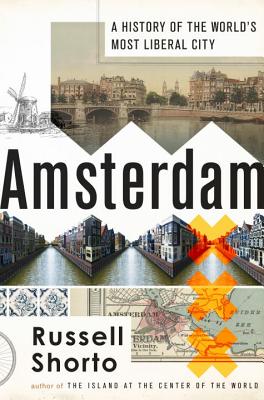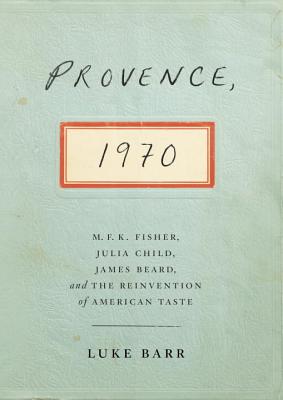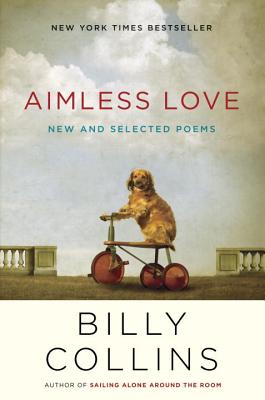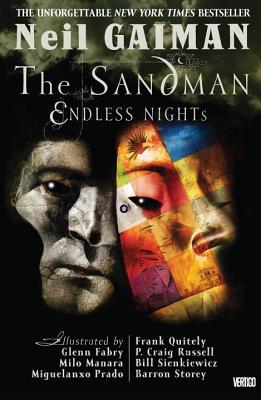In Days of Fire, Peter Baker, Chief White House Correspondent for The New York Times, takes us on a gripping and intimate journey through the eight years of the Bush and Cheney administration in a tour-de-force narrative of a dramatic and controversial presidency.
Theirs was the most captivating American political partnership since Richard Nixon and Henry Kissinger: a bold and untested president and his seasoned, relentless vice president. Confronted by one crisis after another, they struggled to protect the country, remake the world, and define their own relationship along the way. In Days of Fire, Peter Baker chronicles the history of the most consequential presidency in modern times through the prism of its two most compelling characters, capturing the elusive and shifting alliance of George Walker Bush and Richard Bruce Cheney as no historian has done before. He brings to life with in-the-room immediacy all the drama of an era marked by devastating terror attacks, the Iraq War, Hurricane Katrina, and financial collapse.
Theirs was the most captivating American political partnership since Richard Nixon and Henry Kissinger: a bold and untested president and his seasoned, relentless vice president. Confronted by one crisis after another, they struggled to protect the country, remake the world, and define their own relationship along the way. In Days of Fire, Peter Baker chronicles the history of the most consequential presidency in modern times through the prism of its two most compelling characters, capturing the elusive and shifting alliance of George Walker Bush and Richard Bruce Cheney as no historian has done before. He brings to life with in-the-room immediacy all the drama of an era marked by devastating terror attacks, the Iraq War, Hurricane Katrina, and financial collapse.
The real story of Bush and Cheney is a far more fascinating tale than the familiar suspicion that Cheney was the power behind the throne. Drawing on hundreds of interviews with key players, and thousands of pages of never-released notes, memos, and other internal documents, Baker paints a riveting portrait of a partnership that evolved dramatically over time, from the early days when Bush leaned on Cheney, making him the most influential vice president in history, to their final hours, when the two had grown so far apart they were clashing in the West Wing. Together and separately, they were tested as no other president and vice president have been, first on a bright September morning, an unforgettable “day of fire” just months into the presidency, and on countless days of fire over the course of eight tumultuous years.
Days of Fire is a monumental and definitive work that will rank with the best of presidential histories. As absorbing as a thriller, it is eye-opening and essential reading.
But the deeper history of Amsterdam, what makes it one of the most fascinating places on earth, is bound up in its unique geography-the constant battle of its citizens to keep the sea at bay and the democratic philosophy that this enduring struggle fostered. Amsterdam is the font of liberalism, in both its senses. Tolerance for free thinking and free love make it a place where, in the words of one of its mayors, "craziness is a value." But the city also fostered the deeper meaning of liberalism, one that profoundly influenced America: political and economic freedom. Amsterdam was home not only to religious dissidents and radical thinkers but to the world's first great global corporation.
In this effortlessly erudite account, Russell Shorto traces the idiosyncratic evolution of Amsterdam, showing how such disparate elements as herring anatomy, naked Anabaptists parading through the streets, and an intimate gathering in a sixteenth-century wine-tasting room had a profound effect on Dutch-and world-history. Weaving in his own experiences of his adopted home, Shorto provides an ever-surprising, intellectually engaging story of Amsterdam from the building of its first canals in the 1300s, through its brutal struggle for independence, its golden age as a vast empire, to its complex present in which its cherished ideals of liberalism are under siege.
Featuring the popular characters from the award-winning Sandman series by best selling author Neil Gaiman, The Sandman: Endless Nights reveals the legend of the Endless, a family of magical and mythical beings who exist and interact in the real world. Born at the beginning of time, Destiny, Death, Dream, Desire, Despair, Delirium, and Destruction are seven brothers and sisters who each lord over their respective realms.
This highly imaginative book, the first graphic novel to be listed on the New York Times best-seller list, boasts diverse styles of breathtaking art, these seven peculiar and powerful siblings each reveal more about their true being as they star in their own tales of curiosity and wonder. Written by series creator Neil Gaiman, The Sandman: Endless Nights is illustrated by some of the industry's best talents, including Frank Quitely (All-Star Superman), P. Craig Russell (The Sandman: The Dream Hunters), Glenn Fabry (Neverwhere)), Bill Sienkiewicz (Elektra) and more!
John Grisham takes you back to where it all began . . .
John Grisham's A Time to Kill is one of the most popular novels of our time. Now we return to that famous courthouse in Clanton as Jake Brigance once again finds himself embroiled in a fiercely controversial trial-a trial that will expose old racial tensions and force Ford County to confront its tortured history.
Seth Hubbard is a wealthy man dying of lung cancer. He trusts no one. Before he hangs himself from a sycamore tree, Hubbard leaves a new, handwritten, will. It is an act that drags his adult children, his black maid, and Jake into a conflict as riveting and dramatic as the murder trial that made Brigance one of Ford County's most notorious citizens, just three years earlier.
The second will raises far more questions than it answers. Why would Hubbard leave nearly all of his fortune to his maid? Had chemotherapy and painkillers affected his ability to think clearly? And what does it all have to do with a piece of land once known as Sycamore Row?
In Sycamore Row, John Grisham returns to the setting and the compelling characters that first established him as America's favorite storyteller. Here, in his most assured and thrilling novel yet, is a powerful testament to the fact that Grisham remains the master of the legal thriller, nearly twenty-five years after the publication of A Time to Kill.
John Grisham's A Time to Kill is one of the most popular novels of our time. Now we return to that famous courthouse in Clanton as Jake Brigance once again finds himself embroiled in a fiercely controversial trial-a trial that will expose old racial tensions and force Ford County to confront its tortured history.
Seth Hubbard is a wealthy man dying of lung cancer. He trusts no one. Before he hangs himself from a sycamore tree, Hubbard leaves a new, handwritten, will. It is an act that drags his adult children, his black maid, and Jake into a conflict as riveting and dramatic as the murder trial that made Brigance one of Ford County's most notorious citizens, just three years earlier.
The second will raises far more questions than it answers. Why would Hubbard leave nearly all of his fortune to his maid? Had chemotherapy and painkillers affected his ability to think clearly? And what does it all have to do with a piece of land once known as Sycamore Row?
In Sycamore Row, John Grisham returns to the setting and the compelling characters that first established him as America's favorite storyteller. Here, in his most assured and thrilling novel yet, is a powerful testament to the fact that Grisham remains the master of the legal thriller, nearly twenty-five years after the publication of A Time to Kill.






No comments:
Post a Comment